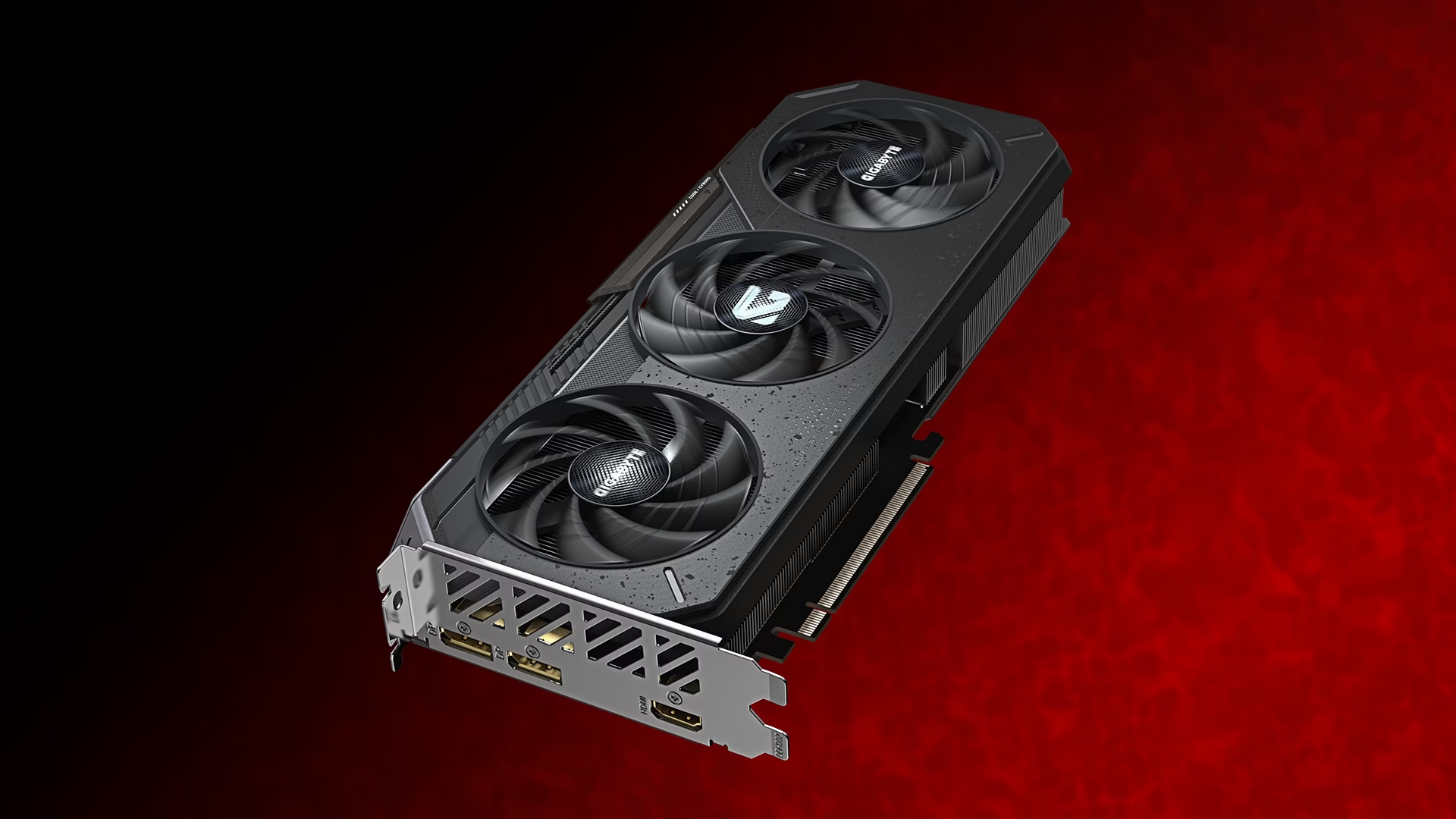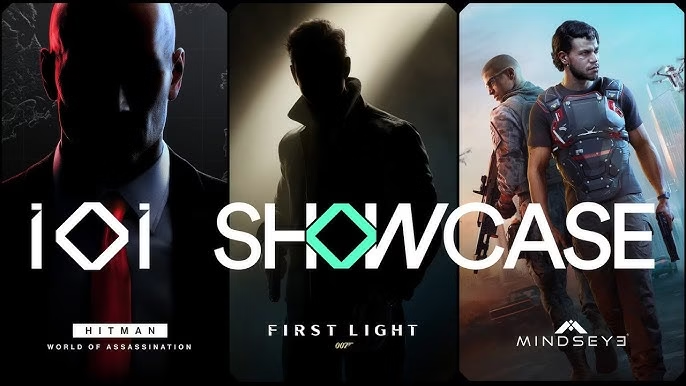AMD’s new graphics architecture — called RDNA 4 — continues to deliver even on the budget front. A shift in focus to AI and ray-tracing (took them long enough) finally brought AMD to feature parity with Nvidia, allowing the 9070 XT to compete on equal or better terms with Team Green’s best in the same weight class (mid-range GPUs). The 9060 XT is poised to do the same in the lower weight class (budget GPUs).
For all intents and purposes, the 9060 XT is half a 9070 XT. It has half the number of transistors, half the CUs (compute units) and stream processors, half the ray and AI accelerators, half the memory bandwidth, and consumes roughly half the power. It’s not quite half the cost ($349 versus $600), but it’s close enough to half to not matter very much. You can opt for a cheaper 9060 XT variant ($299) with half the VRAM (8 GB instead of 16 GB), but I would not recommend that option. Official pricing pits the 9060 XT (16 GB) against Nvidia’s 5060 Ti (8GB), which is a win by default for AMD as the 8GB VRAM buffer cripples the 5060 Ti.
| Model | RX 9060 XT | RX 9070 XT |
|---|---|---|
| Architecture | RDNA 4 | RDNA 4 |
| Mfg procecss | TSMC N4P | TSMC N4P |
| CU | 32 | 64 |
| Ray accelerators | 32 | 64 |
| AI accelerators | 64 | 128 |
| Stream processors | 2048 | 4096 |
| ROPs | 64 | 128 |
| Infinity Cache | 32 MB | 64 MB |
| Memory | 8/16 GB GDDR6 | 16 GB GDDR6 |
| Memory bus | 128-bit | 256-bit |
| TDP | 160 W | 304 W |
AMD has positioned this card as a 1440p contender, and specifically mentions that it’s capable of high frame-rate 1440p gaming. Refreshingly, my testing largely confirms AMD’s claims and the card easily delivers 2K 60 performance without any form of AI upscaling or frame-generation. Enabling upscaling easily pushes frame-rates into high frame-rate territory (120+) at minimal loss in fidelity.
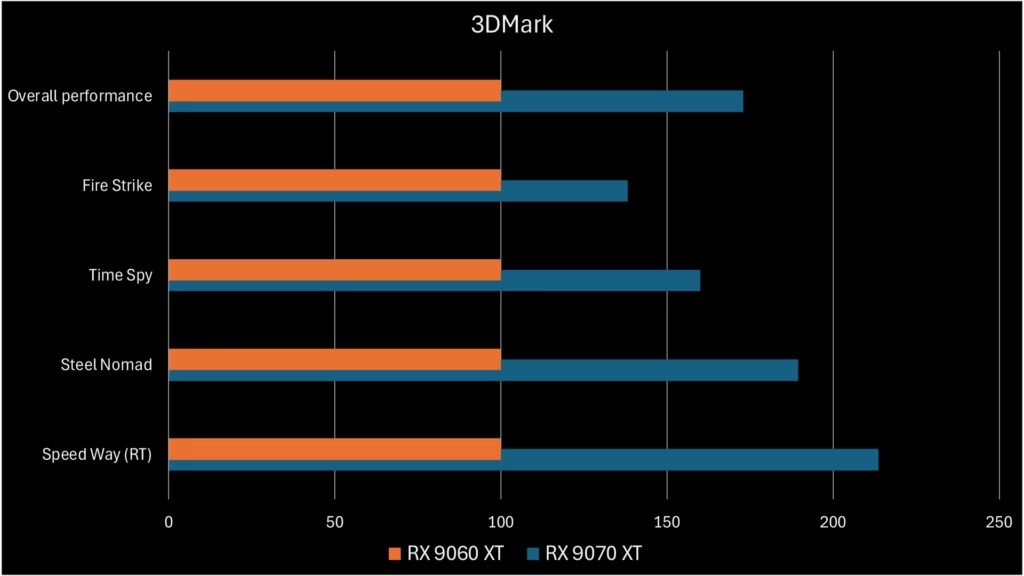
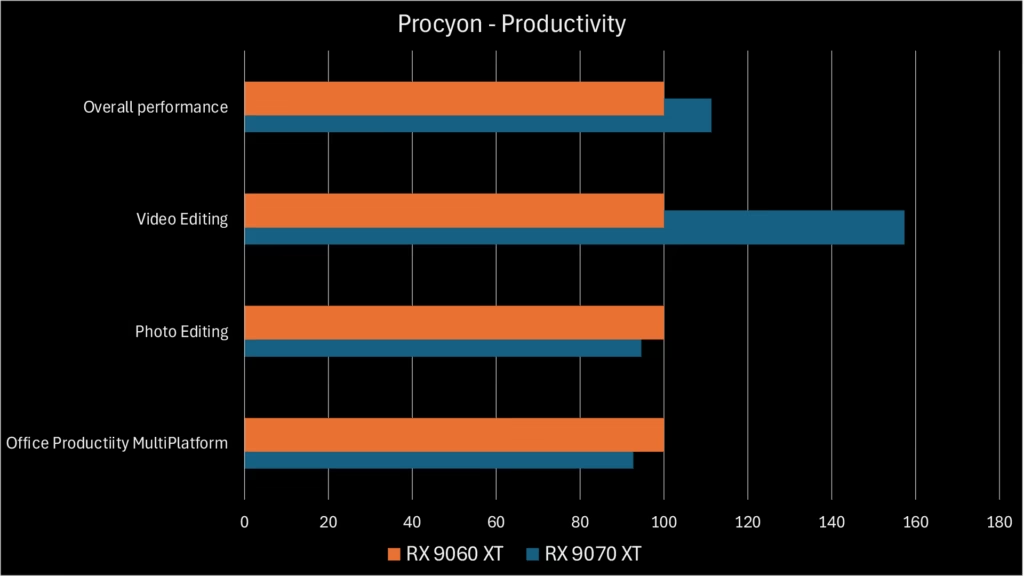
FSR 4 support is improving
While that last is true for traditional or raster-based rendering, enabling ray-tracing requires the use of upscaling to hit that magical 2K 60 mark. Some titles such as Alan Wake 2 and Indiana Jones and the Great Circle are especially demanding on AMD cards, but even there you can hit a playable 45 FPS with upscaling. As with the 9070 XT, the main issue here is the limited support for AMD’s newer and much improved AI-based upscaler called FSR 4. The older FSR 2 and FSR 3 upscalers produce fuzzy, unstable images at more aggressive settings, negating much of the performance benefit of upscaling.
It’s been three months since the 9070 XT launched, however, and many more titles support FSR4 today. In fact, AMD claims that 60+ titles with FSR 4 support will be available by the time the 9060 XT launches (June 5). This is a far cry from the hundreds of titles in Nvidia’s DLSS catalogue, but hey, AMD’s making progress.
Head here for a refresher on RDNA 4, DLSS, and FSR.
Time for some charts
As the data below indicates, the 9060 XT easily delivers a 2K60 experience in all games, and even manages 4K60 in seven of the ten titles tested. Sure, you might need to drop settings a bit or opt for more aggressive upscaling, but if you didn’t want to do that you’d be spending 2-3x the amount for a 9070 XT or 5070 Ti.

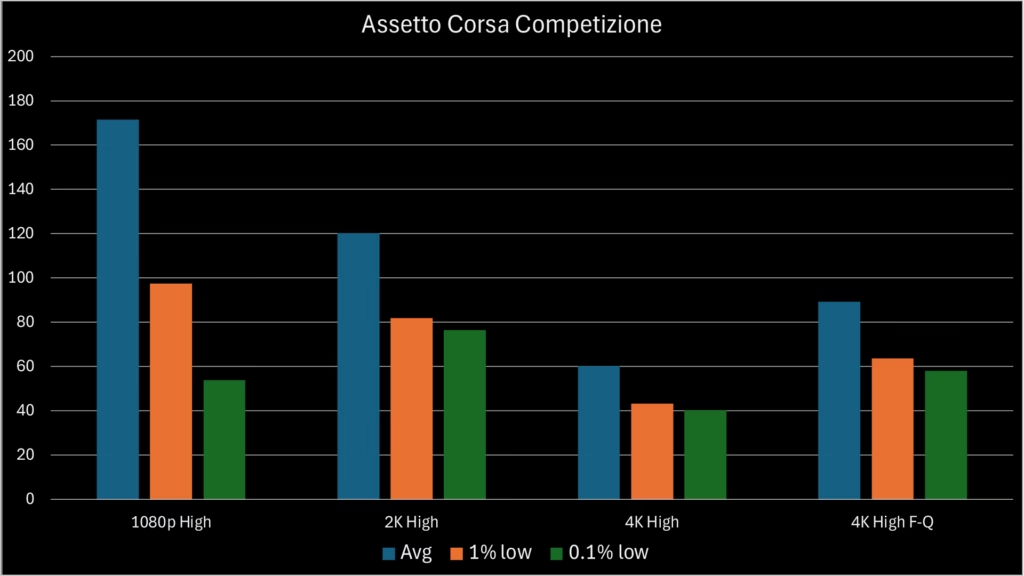
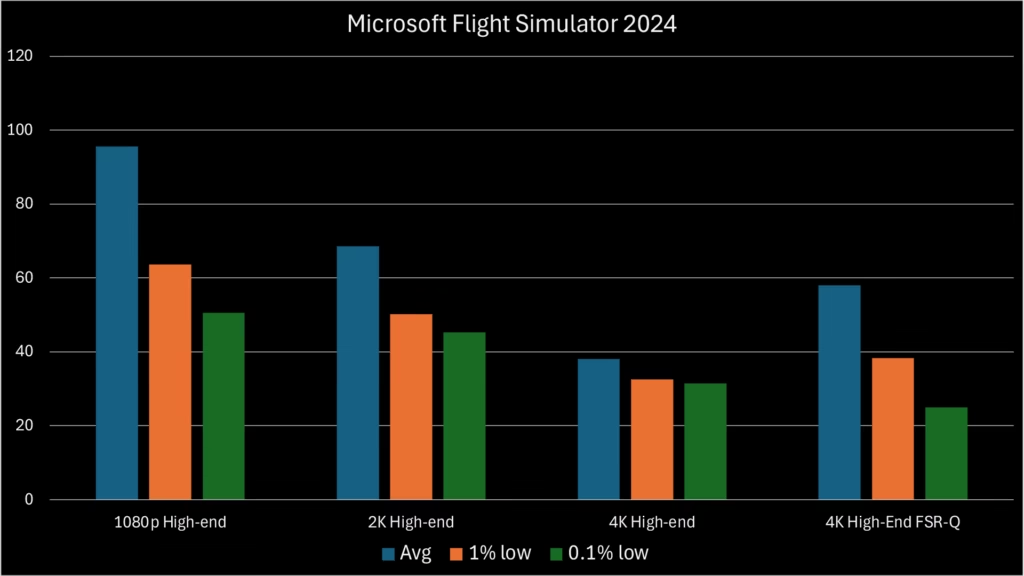
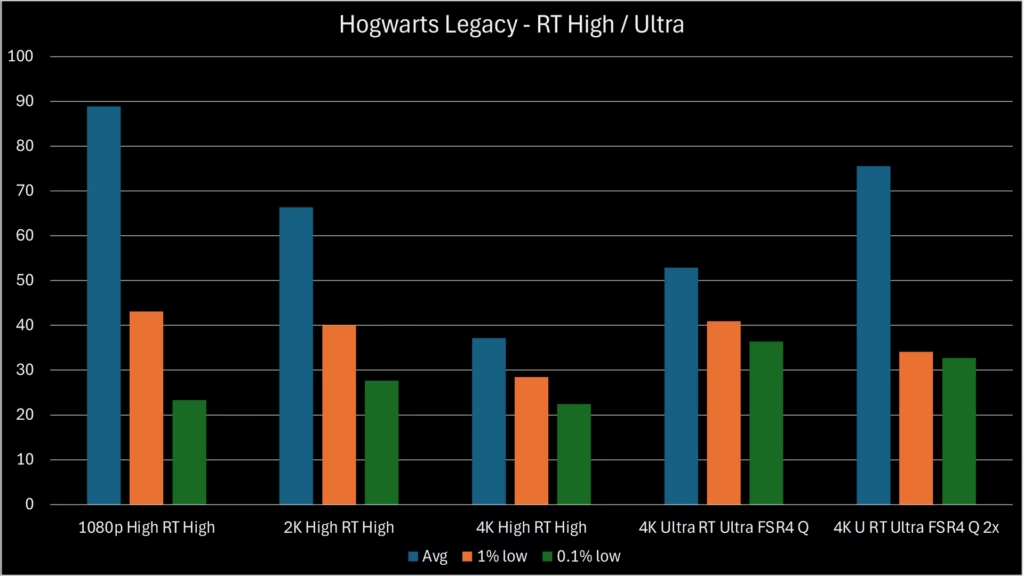
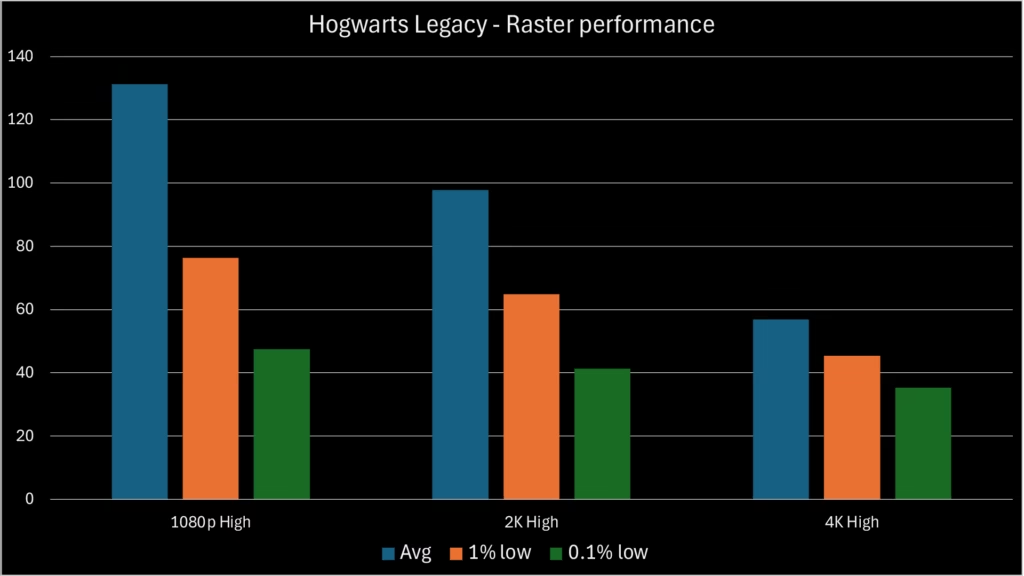


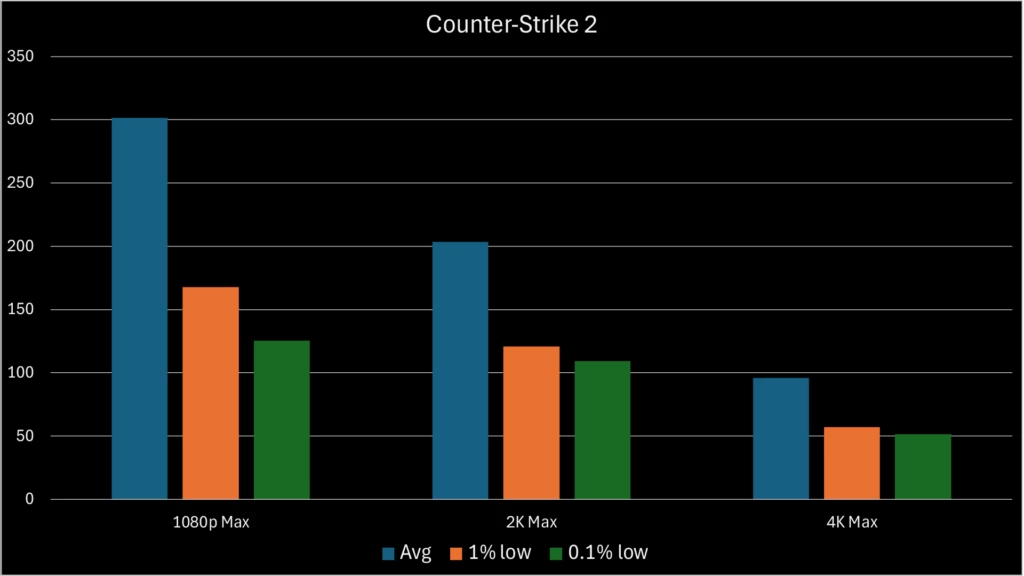

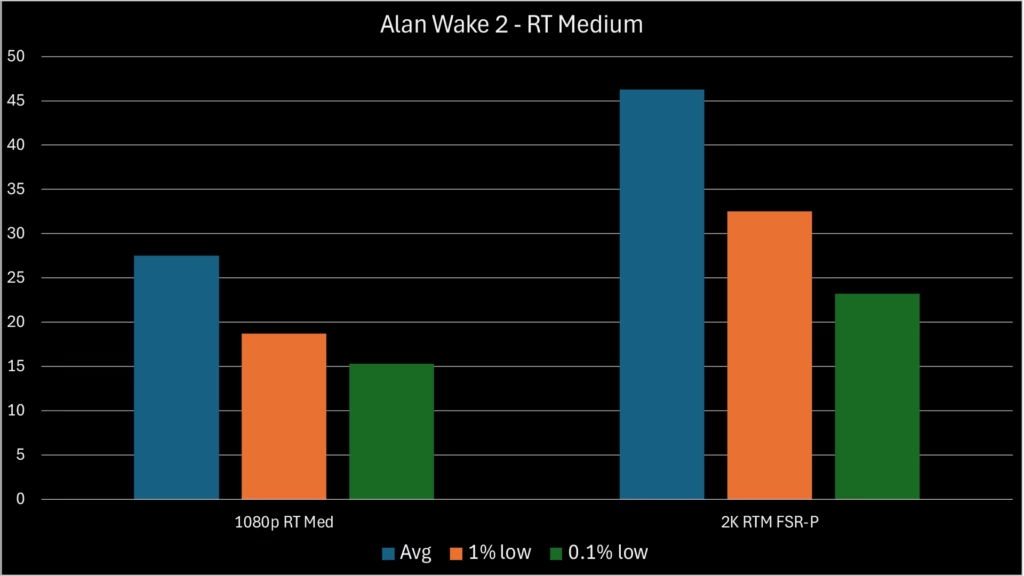
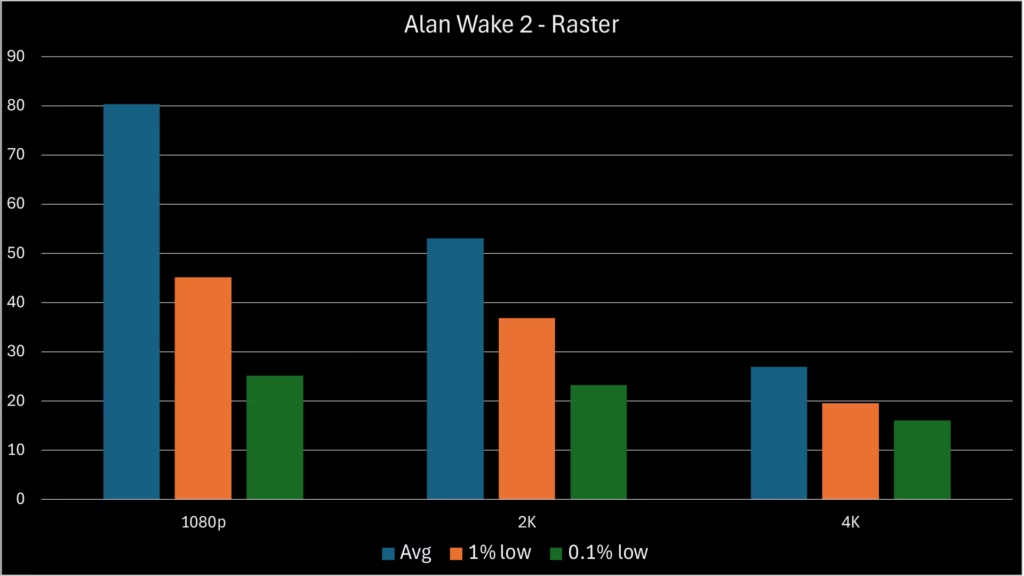
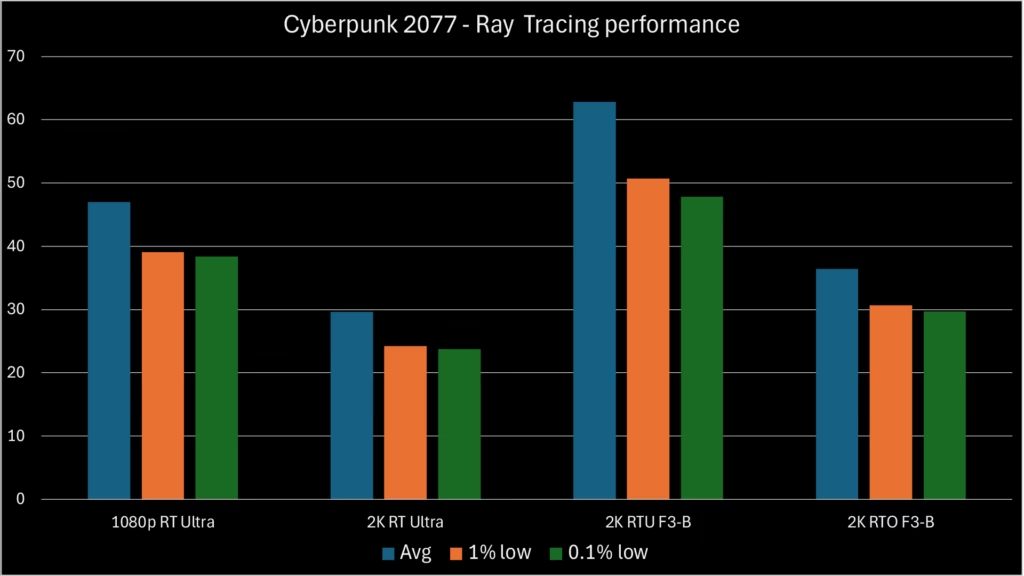
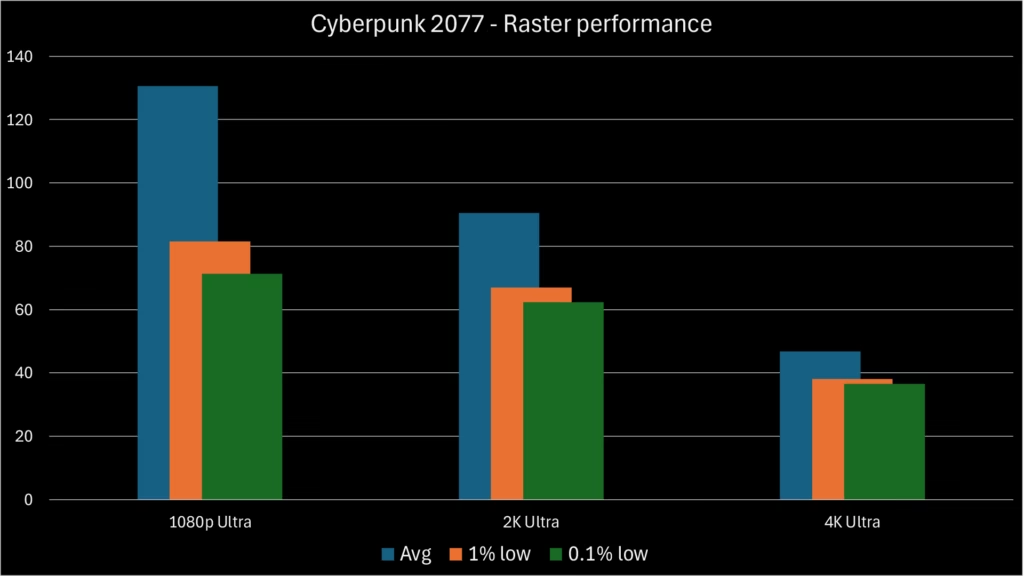
It’s impressive that a budget GPU is able to punch so far above its weight that playing at 4K 60 is possible with minimal tweaking. Even the normally demanding (on AMD GPUs) Cyberpunk 2077 is very playable at 2K with ray-tracing if you use upscaling.
I don’t have benchmark data for them yet but of the recently released AAA games, Doom: The Dark Ages and Elder Scrolls IV: Oblivion both ran beautifully at 2K and reasonably well at 4K, while F1 25 refused to run. It’s not clear whether the blame for F1 lies with AMD’s drivers or the game, but do bear in mind that I’m trying to run a brand new game on an unreleased GPU running beta drivers.
To buy or not to buy
Assuming pricing is as expected (around Rs 35,000), AMD will win this round by default. The 16 GB 9060 XT’s only competition in this price bracket will be the 8 GB 5060 Ti, which is one of the worst deals in gaming right now. If Nvidia hadn’t intentionally crippled its 5060 Ti, things would perhaps have been a little more competitive, but they’re not. If you’re building a budget gaming PC, you’ll want to get the 9060 XT (16 GB).
The elephant in the room is of course the existence of an 8 GB variant of the 9060 XT. AMD didn’t send one for testing, but as has been demonstrated repeatedly over the years, 8 GB is not an acceptable amount of VRAM for a 4K-capable GPU.
